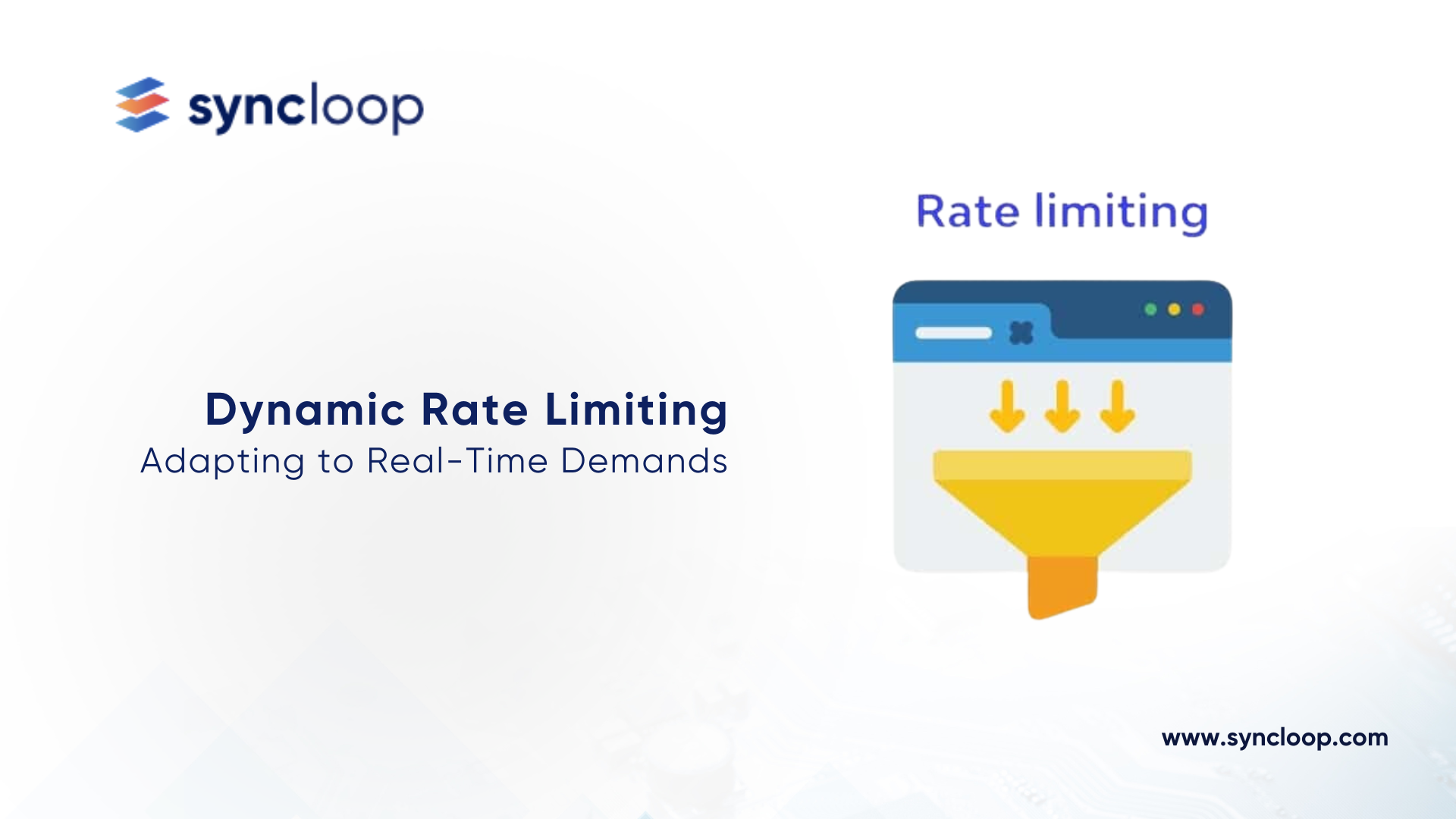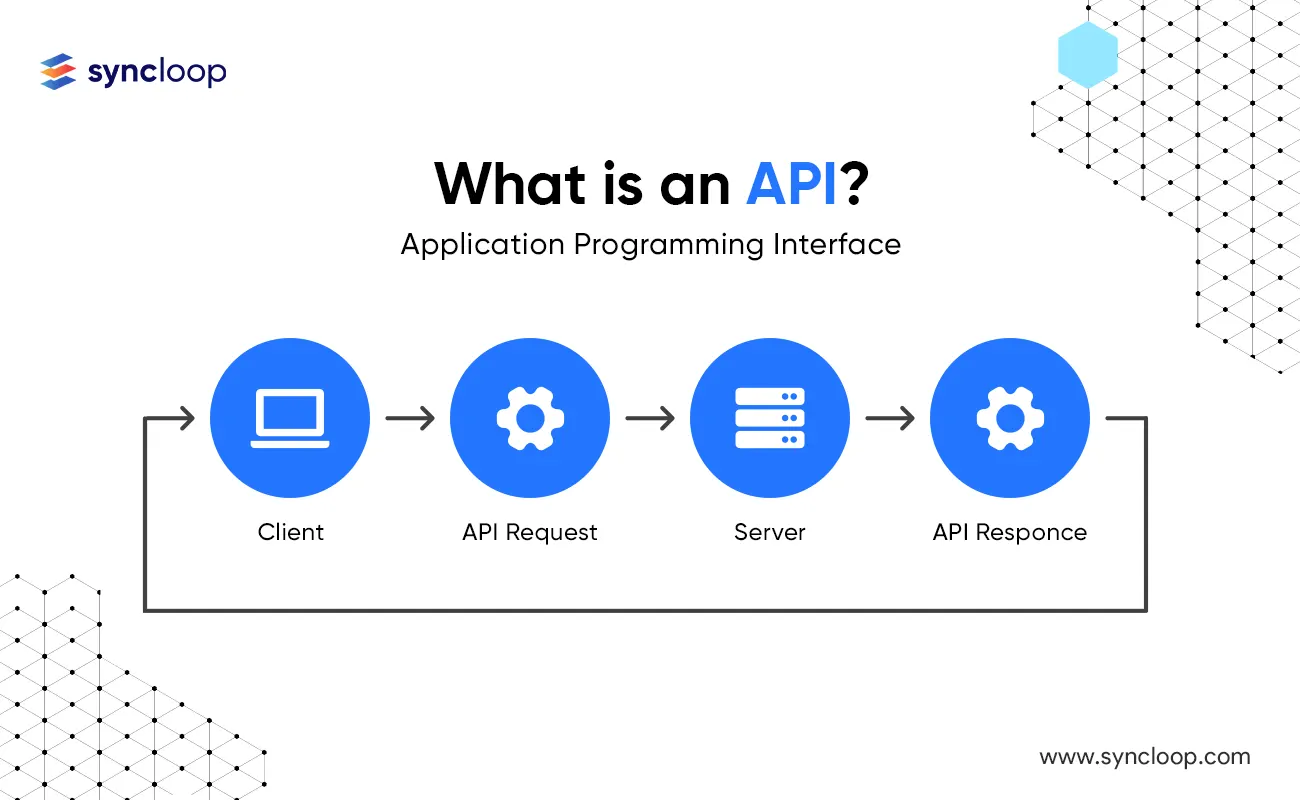Dynamic Rate Limiting: Adapting to Real-Time Demands
Posted by: Deepak | November 14, 2024

Categories: real-time rate limiting, adaptive rate limiting
Traditional static rate limiting approaches often struggle to adapt to fluctuating traffic patterns and system resource constraints. To address this, dynamic rate limiting emerges as a powerful technique that adjusts rate limits in real-time based on system load and usage patterns. This blog delves into the concepts, benefits, and implementation strategies of dynamic rate limiting, exploring its role in optimizing API performance and security.
Understanding Dynamic Rate Limiting
Dynamic rate limiting involves adjusting the rate limits for API requests based on real-time system metrics, such as CPU usage, memory consumption, and network bandwidth. This adaptive approach ensures that the system can handle varying workloads without compromising performance or stability.
Key Components of Dynamic Rate Limiting
Real-time Monitoring:
- System Metrics: Monitor key system metrics like CPU usage, memory consumption, and network bandwidth.
- API Usage Patterns: Analyze API usage patterns, including request rates, response times, and error rates.
Rate Limit Algorithms:
- TLeaky Bucket: A flexible algorithm that allows for burst traffic while maintaining a steady average rate.
- Token Bucket: A more sophisticated algorithm that allows for more precise control over rate limiting, including burstiness and sustained rates.
- Sliding Window Log: A simple algorithm that tracks requests within a fixed time window.
Adaptive Algorithms:
- Machine Learning: Utilize machine learning techniques to predict future traffic patterns and adjust rate limits accordingly.
- Reinforcement Learning: Train algorithms to learn optimal rate-limiting policies based on real-time feedback.
Benefits of Dynamic Rate Limiting
- Improved System Performance: By adapting to changing load conditions, dynamic rate limiting helps prevent system overload and maintain optimal performance.
- Enhanced User Experience: Dynamic rate limiting can help ensure a consistent user experience, even during peak traffic periods.
- Enhanced Security: By limiting the rate of requests, dynamic rate limiting can help mitigate DDoS attacks and other security threats.
- Optimized Resource Utilization: Dynamic rate limiting can help optimize resource allocation, reducing costs and improving efficiency.
Implementing Dynamic Rate Limiting
- AMonitor System Metrics: Use monitoring tools to collect real-time data on system performance.
- Analyze Traffic Patterns: Analyze historical traffic data to identify trends and patterns.
- Choose a Rate Limiting Algorithm: Select an appropriate algorithm based on your specific requirements and system constraints.
- Implement Rate Limiting Logic: Integrate the chosen algorithm into your API gateway or application server.
- Fine-tune and Optimize: Continuously monitor and fine-tune the rate-limiting parameters to achieve the desired level of performance and security.
Tools and Technologies for Dynamic Rate Limiting
- API Gateways: API gateways like Kong, Apigee, and MuleSoft provide built-in rate-limiting features, including dynamic rate limiting.
- Cloud Providers: Cloud providers like AWS, Azure, and GCP offer various tools and services for implementing rate limiting, such as load balancing, auto-scaling, and API gateways.
- Monitoring and Logging Tools: Tools like Prometheus, Grafana, and ELK Stack can be used to monitor system metrics and API usage patterns.
- Machine Learning Frameworks: Frameworks like TensorFlow and PyTorch can be used to build custom machine learning models for adaptive rate limiting.
Real-World Use Cases
- Web Applications: Protect web applications from DDoS attacks and prevent abuse.
- API Services: Limit the number of requests to API endpoints to prevent overloading.
- IoT Devices: Control the rate at which IoT devices send data to the cloud.
- Streaming Services: Manage the number of concurrent streams to optimize resource utilization.
Conclusion
Dynamic rate limiting is a powerful technique for optimizing API performance, security, and user experience. By adapting to real-time conditions and using appropriate algorithms, organizations can effectively manage traffic, prevent abuse, and ensure the reliability of their APIs. By leveraging the right tools and technologies, and by continuously monitoring and fine-tuning their rate-limiting strategies, organizations can build robust and scalable API systems.
Back to Blogs

